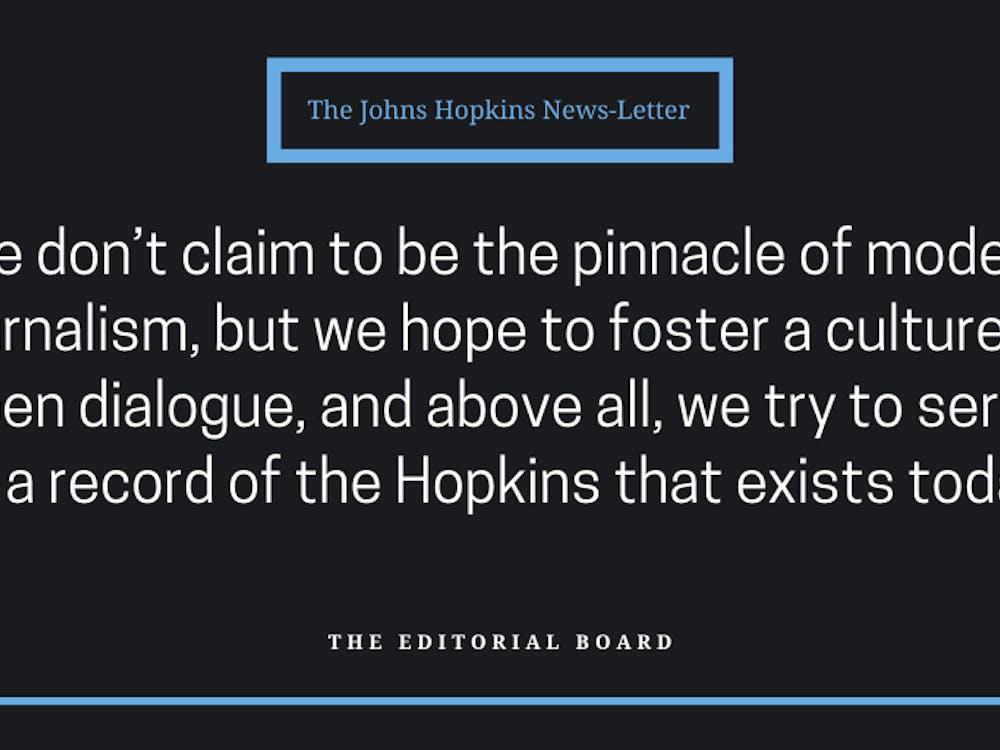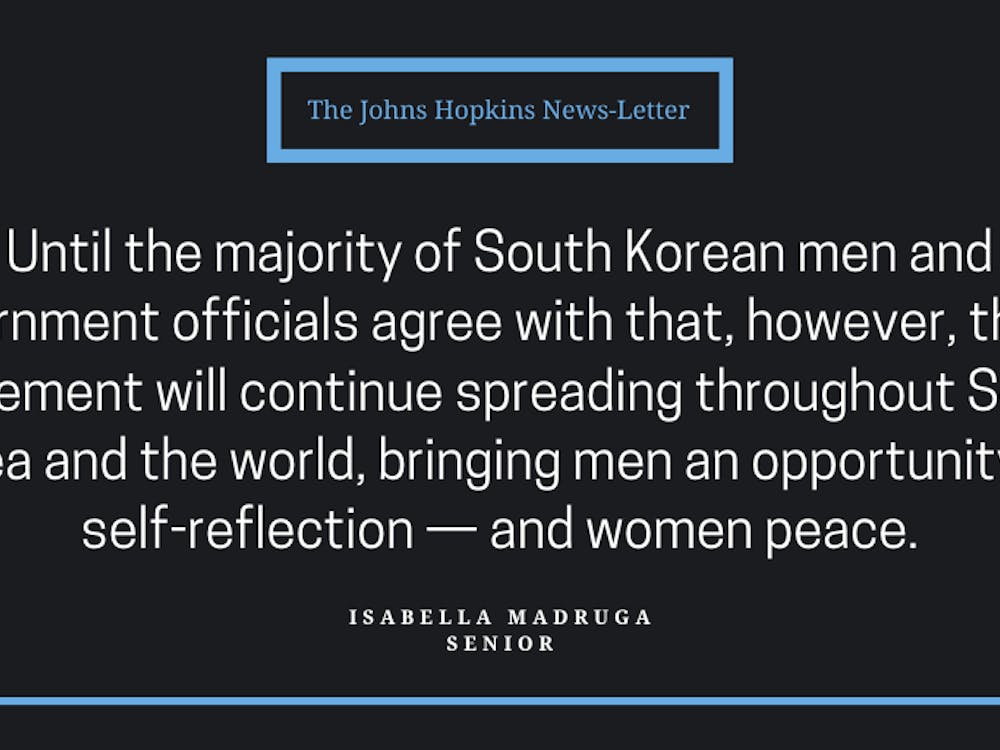On Sunday, Sept. 24, the 2017 German federal elections took place. The significance of this process is obvious. Germany, as Europe’s largest economy and one of the EU’s lynchpins, is massively influential in European as well as global politics. How it handles inflows of refugees and migrants from the Middle East and Africa, climate change, and bellicose nations such as Russia — among many other issues — over the next four years will set the standard the world over.
The results were: CDU/CSU 33 percent, SPD 20.5 percent, AfD 12.6 percent, FDP 10.7 percent, Die Linke 9.2 percent and Die Grüne 8.9 percent. These numbers will change slightly once the remaining 5.1 percent of the vote — a party needs to garner at least five percent of the vote in order to get seats in the Bundestag — is redistributed among the six parties who do get seats and once overhang and leveling mandates are assigned.
The biggest takeaways from these electoral results are that the CDU/CSU’s Angela Merkel will remain the German chancellor for another four years, the CDU/CSU needs one or more coalition partners to form a functioning government and the AfD, an openly nationalist, far-right party opposed to immigration and multiculturalism, has been elected to parliament for the first time.
Despite the continuity of Merkel’s chancellorship, the next four years will likely be anything but business as usual. Although the other five parties have already made public statements eliminating the possibility of a coalition agreement with the AfD, the governing parties will probably attempt to appropriate the AfD’s more moderate policies.
This strategy would allow the governing parties to take voters away from the nationalists, stealing the AfD’s thunder and weakening it in the 2021 elections. However, this approach will ultimately suit the AfD, as it will result in a shift of German politics to the right and permit some, rather than none, of their policies to be codified into law.
The next question is: What shape will the majority coalition take? Merkel’s first and third coalitions took the form of a grand coalition between the CDU/CSU and the SPD. However, Martin Schulz and the SPD have already ruled out that option, choosing instead to act as the main opposition party and stay true to their party platform.
If not a Grand Coalition, then what? Many political commentators are skeptical that the only other feasible coalition which would constitute a majority of the Bundestag, the so-called Jamaica coalition, can resolve its differences and form a government.
The Jamaica coalition would include the CDU/CSU, represented by the color black, the FDP, represented by the color yellow and Die Grüne (“The Greens”), represented by the color green.
Commentators are cynical because the FDP is strongly in favor of free market policies that limit or even reduce government interference, and the Greens want to introduce a national carbon tax and end industry exemptions from renewable-energy taxes. Further, the FDP supports a €30 billion tax cut to pay down the national debt, while the Greens want to introduce a tax on the “super-rich.”
If both a grand and Jamaica coalition fail, then Merkel will serve as minority chancellor until she can form a majority coalition. However, if a vote of confidence fails before she can do so, new elections will have to be called. Such a scenario would be a disaster for Germany, as many Germans would inevitably see the Altparteien (“old parties”), the CDU/CSU and SPD, as incapable of governing.
Despite the naysayers I am optimistic that a Jamaica coalition can be formed relatively painlessly and efficiently. When one examines the political differences between the CDU/CSU, FDP and Die Grüne, they actually largely agree on foreign policy and international issues like the euro, immigration, Russia and transatlantic relations. Further, Schleswig-Holstein’s state government formed a Jamaica coalition last June, with 84.3 percent of the ostensibly dogmatic Greens in that Bundesland expressing their support online for a Caribbean combination. Thus when critics say that what has happened at the state level cannot possibly work at the national level, I am profoundly bewildered.
Moreover the topics they disagree on — taxes, defense spending, energy and climate change — can all be addressed relatively easily. With respect to taxes, the CDU/CSU planned a €15 billion tax cut and a balanced budget that lies exactly in the middle of the FDP and Die Grüne’s tax policies. Furthermore, given that the CDU/CSU would be the dominant coalition partner, pursuing a tax policy similar to the CDU/CSU’s would be the best compromise.
With respect to energy and climate change, the CDU/CSU and the FDP will likely have to give in to most of Die Grüne’s demands, as both are its flagship issues. In return for this concession, Die Grüne could agree to defense spending that is at least two percent of the GDP by 2024, a policy to which it is currently opposed. This would meet the NATO target and largely satisfy the FDP’s objective of raising combined foreign, defense and development spending to three percent of the GDP.
All of this points towards a relatively unified and effective German government for the next four years. This is good news on all fronts. While Germany’s energy dealings with Russia will remain a point of tension between Germany and its EU partners, Germany will likely remain a strong European leader and proponent of EU unity.
Moreover, with a government that will be friendly towards green businesses and renewable energy companies, Germany has the potential to emerge as a global leader in green energy, one which pursues a pragmatic third way between traditional government-intensive green initiatives and economically auspicious, yet environmentally irresponsible, free-market policies.
The question of how best to handle large inflows of refugees and migrants will remain a controversial one for the foreseeable future. However, while the answer to that question is uncertain, it is clear that such a large problem demands a response that is proportional in scale; that the safety and well-being of hundreds of thousands of displaced persons requires a solution that is continental in scope and resources.
Fortunately all three parties that would constitute the Jamaica coalition support a Germany that is internationally oriented and deeply involved in the European project, one which will work with its fellow member states and international partners to address problems of any scale, including ones which displace entire countries. All three parties understand that no man, or state, is an island, even if it is surrounded on all sides by dark, turbulent waters.
Rory McClain is a senior from Silver Spring, MD. He is majoring in history.















Please note All comments are eligible for publication in The News-Letter.